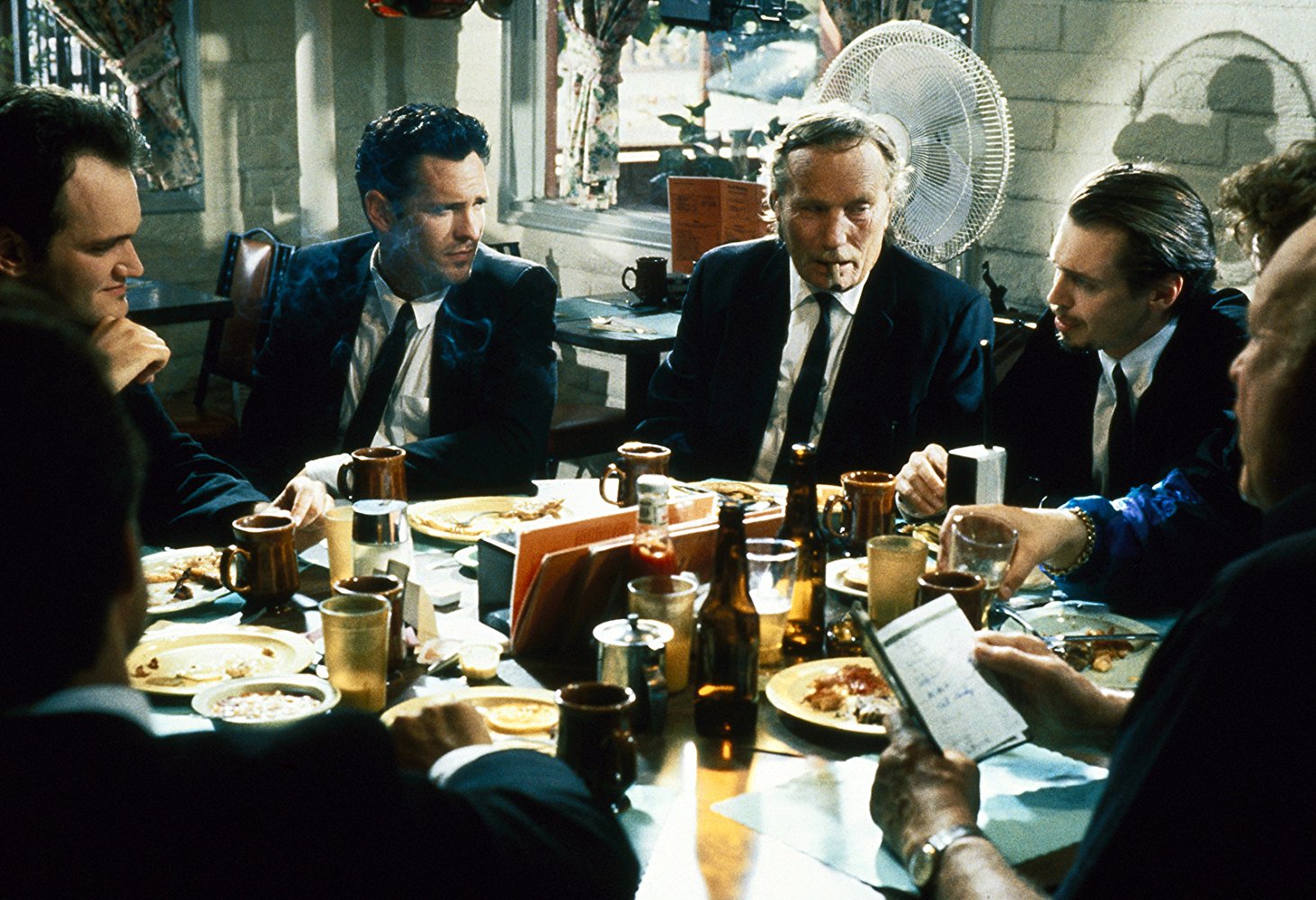THE INCREDIBLE STORY OF A HARDCORE CRIMINAL WHO WROTE HIS WAY OUT OF A CELL AND ONTO A HOLLYWOOD SET.
Edward Bunker was born under a bad sign and his mama made damn sure he knew about it. Legend holds that when Bunker entered the world on December 31st, 1933, Hollywood was being pelted in a tsunami of rain that beat down on the city in a torrential downpour. A glimpse of his future turbulent life perhaps? Where a star-crossed talent, that was as much criminal narcotic thug as he was artist, writer, creator, and provocateur, struggled to find himself.
By his early teens, Bunker had spent half his life in foster homes. From the foster homes, he graduated to juvenile reform schools and from there finally to prison. The evolution of a criminal born and bred. Bunker earned the notorious honour of being the youngest inmate ever housed at the infamous San Quentin penitentiary in California. When he was just 17-years-old, Bunker found himself rocketing toward an early demise or serious prison time. Consorting with dope addicts, prostitutes, pimps and low-life thieves in the province of drugs, lust, and vice, he was heading down a bad path.
“He had a tumultuous home life,” Jedidiah Ayers, author of Peckerwood, tells me. “He was removed from and became a ward of the state, but he ran away from that environment and got involved in crime. Spent his teen years through his early thirties in and out of correctional facilities and mental hospitals. He used to pretend to be crazy, hoping to get lenient sentencing for his crimes.”
It was in the hole at San Quentin where Bunker found the inspiration to become a writer. In a cell next to Caryl Chessman, who wrote Cell 2455 Death Row: A Condemned Man’s Own Story, Bunker found his calling. He was a criminal who wanted to be a writer. Now he just had to hone his chops. Bunker was no stranger to Hollywood either, growing up there mingling with the entertainment world’s elite.
“When he was in his teens, he had a benefactor of sorts, Louis Wallis, the wife of Hal Wallis, who produced Casablanca as well as all those schlocky Elvis movies,” says Chris Simunek, author of Paradise Burning: Adventures Of A High Times Journalist. “She gave him a typewriter and some books, and by the time he wrote his first novel, No Beast So Fierce, he had an incredible voice as a writer and intimate knowledge of a world that few outside prison were aware of.”
As a prison writer, I idolized Edward Bunker. He had written numerous books that I loved: Dog Eat Dog, Little Boy Blue, Animal Factory, Miseducation of a Felon and the aforementioned No Beast So Fierce – adapted into the 1978 film, Straight Time, starring Dustin Hoffman. Just as Chessman was an inspiration for him, Bunker was an inspiration for me and one of the reasons I started writing while doing my time.
That he went from hardcore criminal and convict to Hollywood guy, even acting in Quentin Tarantino’s Reservoir Dogs as Mr. Blue, with roles in other movies like the remake of The Longest Yard, intrigued me and gave me a goal to shoot for when I was released from prison. I emulated Bunker by writing about the life I was living and telling the stories of the people around me.
“There is no question he took his wild-ass life of crime and struggle and the parade of maniacs he met along the way and mined them for his books,” Jerry Stahl, the author of Permanent Midnight: A Memoir, tells me. “My question would be, what things from his own history did he have to leave out of his books? Whether because there was no statute of limitations, or it was just too dark for the squares to hear.”
Ayers, whose own novel is being made into a film, South of Sodom, recalls how Dog Eat Dog blistered his eyeballs and peeled a few layers off his fingertips as he turned the pages. “It was an at once electric confirmation of what I wanted to do with my own writing,” Ayers says. “And a humbling reminder not to posture about things I do not know – I felt exposed as a fraud.” Because unlike most writers, Bunker lived the words he wrote.
“It’s the ultimate escape for any artist who’s lived a dangerous life,” Stahl says. “To be able to make a score off of telling people stories, instead of having to re-live them. I always say I did the research, I just didn’t know it was research at the time. I love all Bunker’s books, but my favourite may be No Beast So Fierce. Not ’cause it’s the best – that might be Education of a Felon – but because it’s the rawest.
“It’s almost like you can feel the white-hot bite of desperation in each sentence. You read with the knowledge that this was Ed’s ticket out of ‘The Life’ – even though it was about a man who could never ultimately get out himself. I love books where the author beats the odds, not just by writing, but by surviving. You just know, every word in the book was fucking earned.”
His career as a writer and actor qualify Edward Bunker to go down as a literary and ex-con success story – an inspiration for those who want a second chance.





